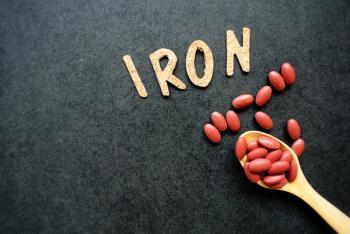
Letrozole an effective alternative to clomiphene
The aromatase inhibitor letrozole produces the same number of mature preovulatory follicles and results in a similar pregnancy rate as clomiphene citrate in women with unexplained fertility undergoing gonadotropin-stimulated controlled ovarian hyperstimulation cycles combined with intrauterine insemination (IUI) therapy. That's the conclusion of a new randomized, blinded trial conducted in Mexico.
The aromatase inhibitor letrozole produces the same number of mature preovulatory follicles and results in a similar pregnancy rate as clomiphene citrate in women with unexplained fertility undergoing gonadotropin-stimulated controlled ovarian hyperstimulation cycles combined with intrauterine insemination (IUI) therapy. That's the conclusion of a new randomized, blinded trial conducted in Mexico.
While clomiphene is effective, its disadvantages can include negative effects on cervical mucus, uterine blood flow, the endometrium, embryo development, and overall pregnancy outcome. As a result, researchers gave 41 women either 2.5 mg/d of letrozole or 100 mg/d clomiphene on days 3 to 7 of their cycle. They then gave all the women 75 IU recombinant FSH starting on day 7 of stimulation until the day of hCG administration. When the leading follicle(s) reached 18 mm in diameter, they triggered ovulation with recombinant 250 μg hCG and performed a single IUI 36 hours later.
While the researchers noted a significantly lower peak serum estradiol level in the letrozole group versus in the clomiphene group (914±187 vs. 1,207±309 pg/mL, respectively; P<0.007), they found no significant differences in the number of mature (>16 mm) preovulatory follicles or in clinical pregnancy rates, which were 23.8% and 20%, respectively. They also noted a significantly higher endometrial thickness at the time of hCG administration in the letrozole group compared with the clomiphene group (9.5±1.5 mm vs. 7.3±1.1 mm; P=0.0001).
Newsletter
Get the latest clinical updates, case studies, and expert commentary in obstetric and gynecologic care. Sign up now to stay informed.









